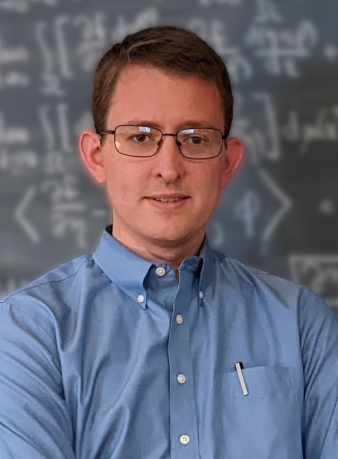We are happy to announce the upcoming seminar by Prof. Brandon Runnels!
This hybrid event is co-organized by the Institute of Scientific Computing, the Dresden Center for Computational Materials Science (DCMS) and the Dresden Center for Intelligent Materials (DCIM).
 The mechanics of grain boundaries and microstructure evolution
The mechanics of grain boundaries and microstructure evolution
Associate Professor Mechanical & Aerospace Engineering
University of Colorado Colorado Springs, USA
March 02, 2023, 10:00.
Room: Z21/242/U Zellescher Weg 21-25A
ZOOM LINK
Abstract
Grain boundary (GB) migration is one of key underlying processes behind mechanisms ranging from recrystallization and solidification to work hardening. GBs have been repeatedly identified as the least understood of all material defects, a well-earned designation resulting from their wide range of behaviors over a very large configurational space. GB migration, in particular, exhibits a strong sensitivity to loading type, with a single boundary able to exhibit a wide range of behaviors under varied boundary conditions. Understanding these behaviors is essential to the analysis and design of many structural materials, and the talk consists of four talks. First, we present work at the atomic scale, using atomistic simulations and optimal transportation theory to provide a systematic way for predicting shuffling mechanisms. Second, we look at boundary migration as a dissipative process within a thermodynamic framework inspired by crystal plasticity. This approach unifies motion by driving force, shear coupling, mode switching, and stagnation as special cases of a general continuum evolution law for boundary motion. The model employs the principle of minimum dissipation potential, and introduces “dissipation energy” as an intrinsic GB property, measured using molecular dynamics. Agreement of dissipation energies across driving forces provides verification for the framework. Third, the mechanistic framework is applied directly to a phase field model for boundary migration. It is shown that, by combining nonconvex boundary energy, elasticity, and the principle of minimum dissipation potential, preferential boundary migration occurs spontaneously through the emergence of horizontally moving steps, which we identify as so-called phase field disconnections. A variety of boundaries are considered, including symmetric and asymmetric tilt boundaries. Fourth, we present “network plasticity,” an extreme multiscale model designed to convey realistic microstructural information to viable continuum length scales.
Brief CV
Dr. Brandon Runnels is an Associate Professor of Mechanical and Aerospace Engineering at the University of Colorado Colorado Springs (UCCS), and will be joining the faculty of Iowa State University in Fall 2023 as an Associate Professor. He obtained his BS in Mechanical Engineering from New Mexico Tech in 2011 and his MS from Caltech in 2012. He completed his PhD work at Caltech, graduating in June 2016. He moved to UCCS in August 2015, receiving tenure in August 2022, and is moving to Iowa State in August 2023. Dr. Runnels has been awarded the NSF CAREER award and named the UCCS Engineering and Applied Science Researcher of the Year. Dr. Runnels is the director of the Solid Mechanics Research Group, which performs research at the intersection of mathematics, mechanics, materials science, and high performance computing.



